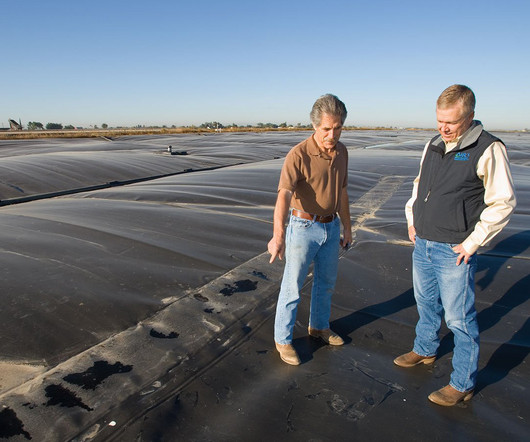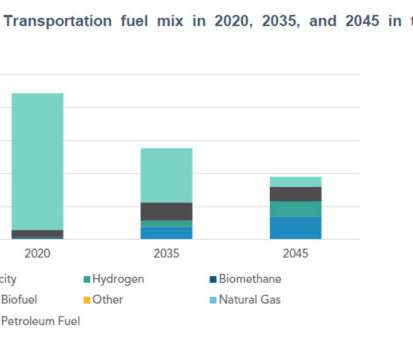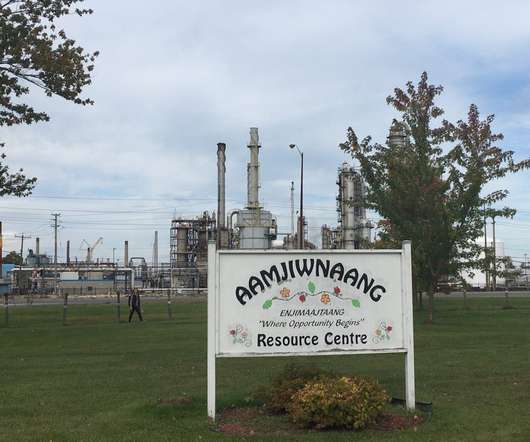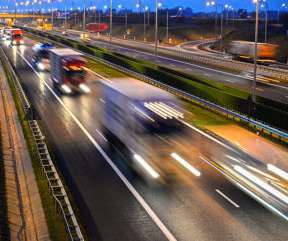Something Stinks: California Must End Manure Biomethane Accounting Gimmicks in its Low Carbon Fuel Standard
Union of Concerned Scientists
FEBRUARY 15, 2024
When I started working on biofuel policy back in 2008, there was a lot of criticism of corn ethanol because in some cases it had lifecycle emissions higher than gasoline. The CI of an electric vehicle charged with solar power is zero, and most of the biofuels fall somewhere in the middle [i].













Let's personalize your content